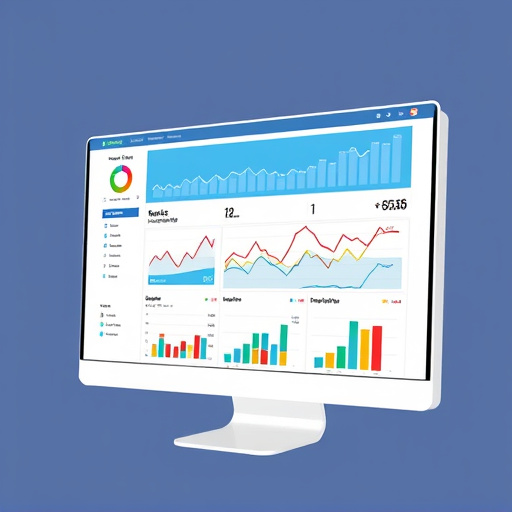Government employee care benefits offer specialized programs for common health issues and post-accident rehabilitation. Digitization enhances access through user-friendly online portals and remote consultations. Open conversations about mental health reduce stigma and improve overall well-being. Evaluating program effectiveness through feedback, data analysis, and tracking utilization ensures resources address pressing health concerns, keeping government employee care initiatives focused and responsive to workforce needs.
Maximizing government employee care coverage is essential for fostering a healthy, productive workforce. This article guides you through three crucial steps: understanding comprehensive benefits packages specific to government roles, implementing strategies to enhance accessibility and engagement, and measuring impact through effective evaluation. By navigating these aspects, government agencies can ensure their employees receive optimal care, leading to improved job satisfaction and overall well-being. Explore these strategies to empower your workforce.
- Understanding Government Employee Care Benefits
- Strategies to Enhance Access and Engagement
- Measuring Impact: Evaluating Care Programs' Effectiveness
Understanding Government Employee Care Benefits

Government employee care benefits are designed to support workers with a comprehensive range of health and wellness services. These benefits go beyond basic medical coverage, offering specialized programs tailored to common issues faced by public sector employees. Understanding what’s available is the first step towards maximizing your care.
Many government employee care plans include extensive support for musculoskeletal disorders such as back pain relief and herniated disc treatment. Post-accident rehabilitation services are also commonly provided, ensuring employees receive the necessary care after workplace incidents. By familiarizing yourself with these benefits, you can actively participate in managing your health and well-being, making the most of the resources available to you.
Strategies to Enhance Access and Engagement

Maximizing government employee care involves strategies that enhance access and engagement. One effective approach is to digitize and streamline existing healthcare platforms. By implementing user-friendly online portals, employees can conveniently schedule appointments, access medical records, and receive personalized health recommendations. Digital tools also enable remote consultations, breaking down geographical barriers and ensuring timely care, especially for those with soft tissue injuries or joint pain relief needs.
Additionally, fostering an inclusive environment that encourages open conversations about mental health is vital. Offering workshops, wellness programs, and peer support groups can help reduce the stigma associated with seeking help. Encouraging regular participation in these initiatives can significantly improve overall employee well-being, including managing chronic conditions and providing shockwave therapy for pain where necessary.
Measuring Impact: Evaluating Care Programs' Effectiveness

Evaluating the effectiveness of government employee care programs is a critical step in maximizing their impact. Measuring the success of these initiatives can be achieved through various methods, including feedback from employees and managers, as well as statistical analysis of health data. By collecting and analyzing this information, you gain insights into which programs are most beneficial and where improvements are needed.
For instance, tracking the utilization rates of different care options, such as chiropractic care or whiplash treatment, can reveal preferences and identify gaps in services. Additionally, monitoring the decrease in instances of reported soft tissue injuries over time indicates the success of injury prevention initiatives. This data-driven approach ensures that government employee care remains focused on addressing the most pressing health concerns within the workforce.
Maximizing government employee care coverage requires a comprehensive approach that includes understanding benefits, enhancing access, and measuring impact. By strategically implementing these strategies, federal agencies can create a robust care program that supports employees’ well-being and fosters a productive work environment. Regularly reviewing and adapting these initiatives ensures that government employees receive the best possible care, ultimately contributing to higher job satisfaction and overall organizational success.














